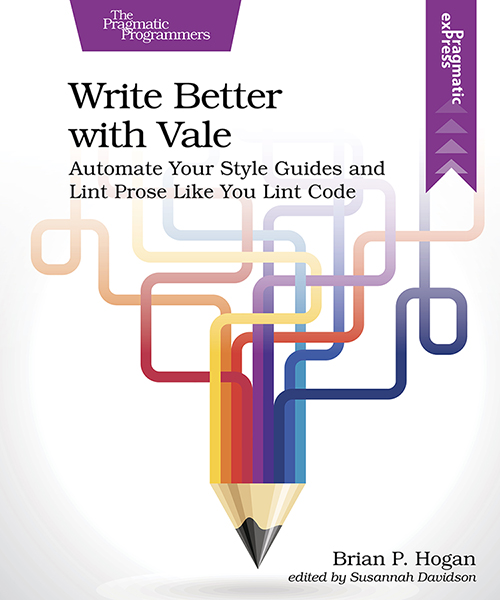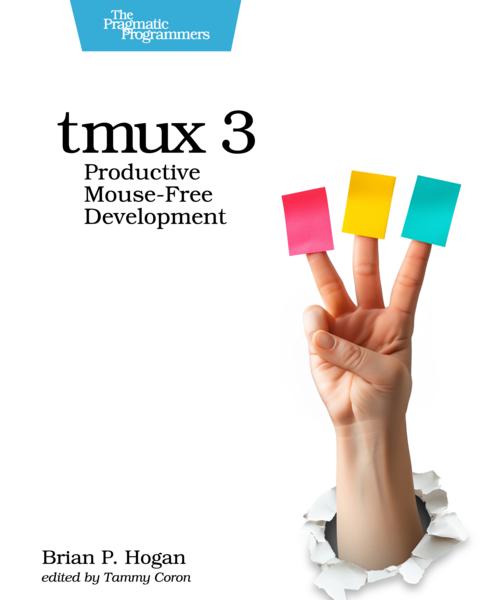History of the Laugh Track
Much of the “canned laughter” used on the soundtracks of sitcoms is
said to have come from tapes that were originally recorded during
broadcasts of “The Red Skelton Show” in the late 1950s and early ’60s.
It is eerie to realize that when we encounter a laugh track (or
“sweetening”) in a recent show, some of the people we hear laughing
may have been dead for decades. Yet their guffaws go on forever.
“For half a century, TV sitcoms have been seasoned with artificial
bursts of laughter and applause. It all goes back to 1953 when the
Laff Box was invented to beef up anemic reactions from live audiences
or when a show was taped without a live audience. The inventor of the
Laff Box, Charles Douglass, recently passed away at the age of 93…
According to legend, much of the laughter in Charlie’s Box came from
the Red Skelton Show. Since Red Skelton also did pantomimes, it was
easy for Charlie to get nice, clean recordings of laughter and
applause without disturbing dialogue.”
On the Media: Laff Box Redux
http://www.onthemedia.org/transcripts/transcripts_050903_laff.html
“[Charlie] Douglass built the Laff Box, a machine that could mix
several tape loops of laughter into a single laugh track that sounded
real… The remarkable thing was that Douglass could use his Laff Box
to tailor the laughs to fit any mood: he could give you titters, male
laughs, female laughs, gasps. He could even throw in a lone ‘wacky
laugh’ here and there to make it sound spontaneous.
Douglass’ Laff Box worked so well, he was able to start his own
company, Northridge Electronics, that has provided laugh tracks to the
networks for a half century.
Where did the laughs come from? TV history is fuzzy on that point, but
it is believed Douglass recorded his laugh tapes at Red Skelton mime
sketches so no dialogue would interfere with the laughter.”
Cached copy from The Albuquerque Journal: Early TV Laughed on Cue
http://64.233.187.104/search?q=cache:us15ZsJRvxgJ:www.abqjournal.com/shock/shock04-27-03.htm
“Almost all of the laugh tracks… on TV situation comedies were
originally recorded in the late 1950’s and early 1960’s in the
audience of the Red Skelton Show. His famously hilarious ‘Freddy the
Freeloader’ pantomime sketches provided a perfect tape of laughs from
the audience without any other sounds; this tape has been used to
‘sweeten’ laugh tracks, even on shows with live audiences, ever
since.”
Worsley School Online: Strange Facts
http://www.worsleyschool.net/strangefacts.html
“The dubious legacy of Charles Douglass, who has died in California
aged 93, was television’s canned laughter, the artificial merriment
that greets even the lamest sallies on television sitcoms.
The device he called the Laff Box has been controversial during its
half-century of existence. Many a producer has blessed its ability to
pace the humour of a show where a studio audience would not laugh at
the right moment – or not laugh at all – while others have condemned
its falsity and removed it entirely.
But most accept that it changed comedy.
Douglass produced his device in 1953 while working as a sound engineer
for live TV shows. At first the Laff Box, essentially a series of
audio-tape loops controlled by a sound editor, was used only to fill
gaps in the sound of early TV shows in which scenes were reshot after
the studio audience had left.
The original laughter is said to have been taken from an episode of
the popular Red Skelton Show in which Skelton had been miming, so no
words got in the way. Soon Douglass had created an immense complexity
of laughter variations for producers to orchestrate.”
(Source: http://answers.google.com/answers/threadview?id=542436)




Thanks for reading
I don't have comments enabled on this site, but I'd love to talk with you about this article on BlueSky, Mastodon, Twitter, or LinkedIn. Follow me there and say hi.